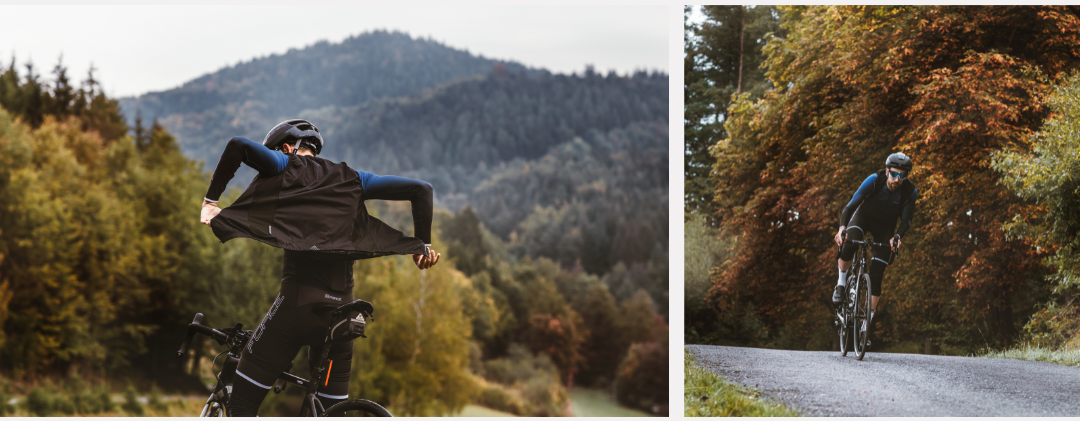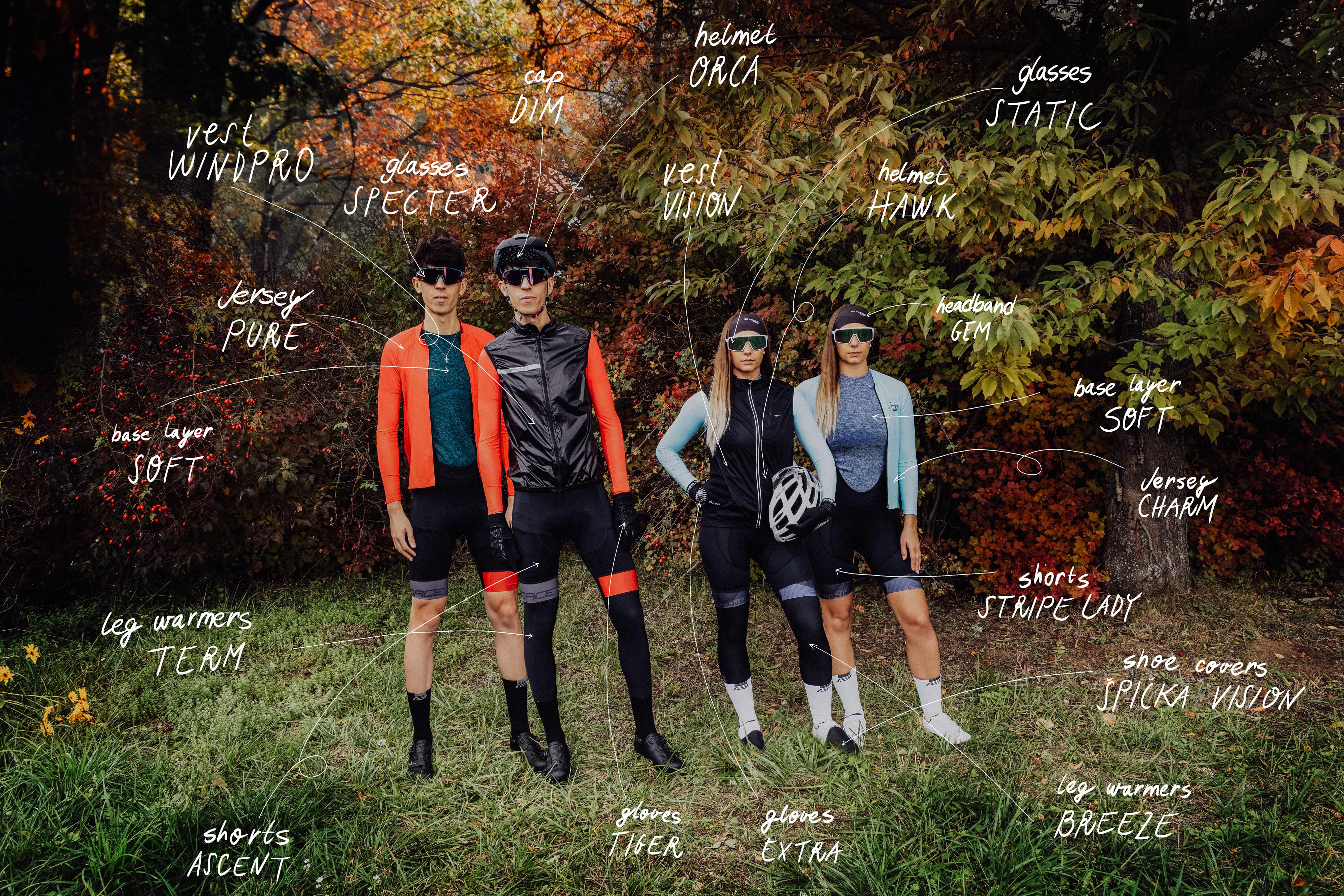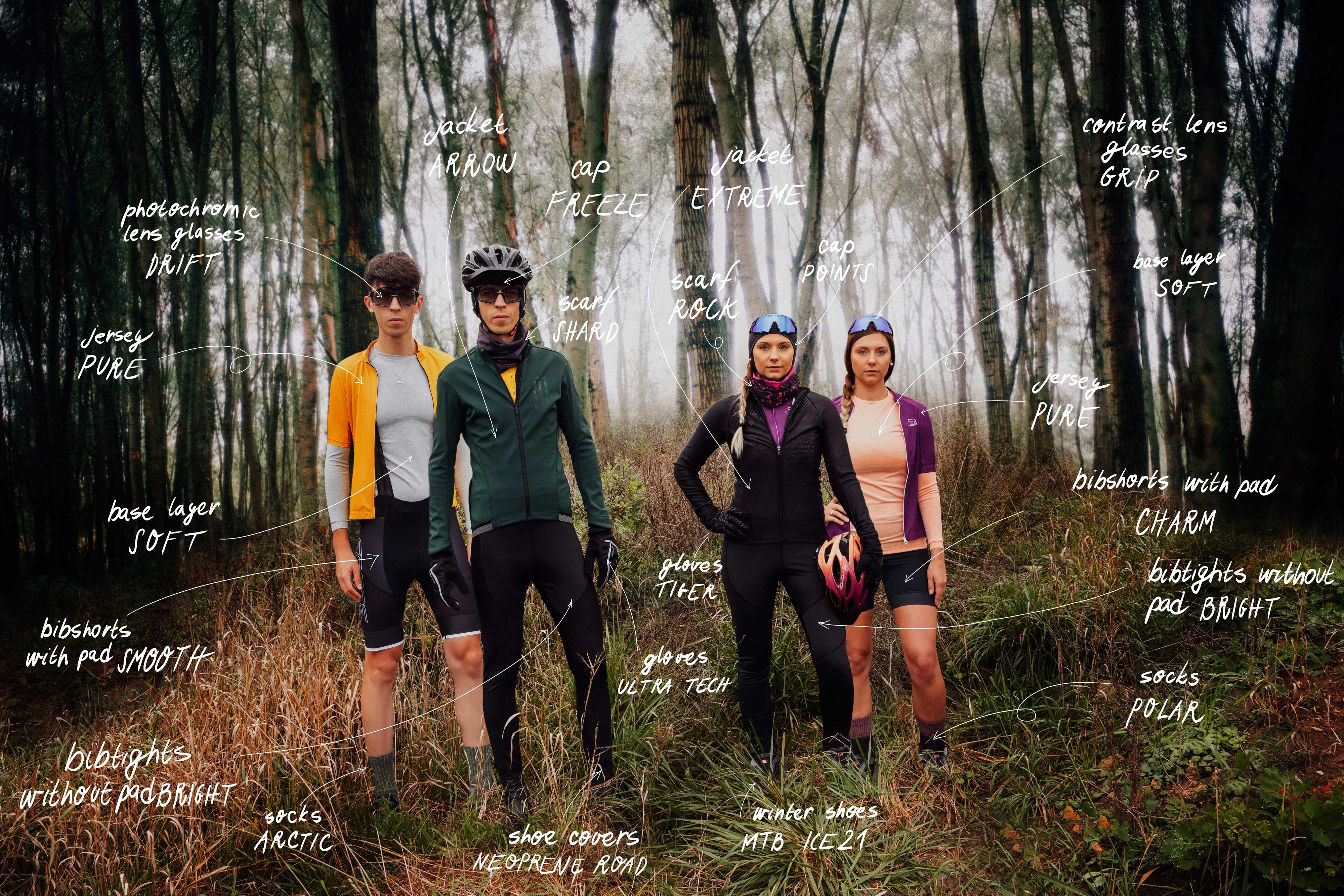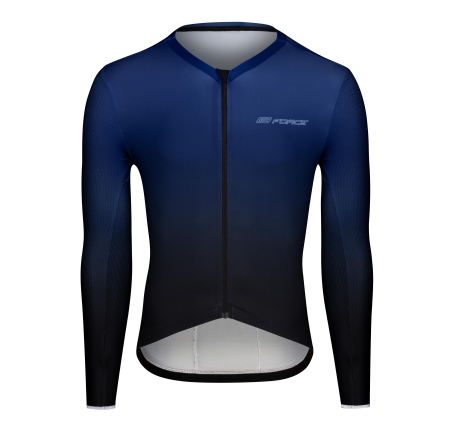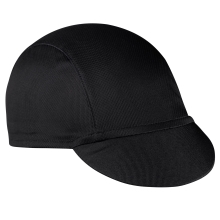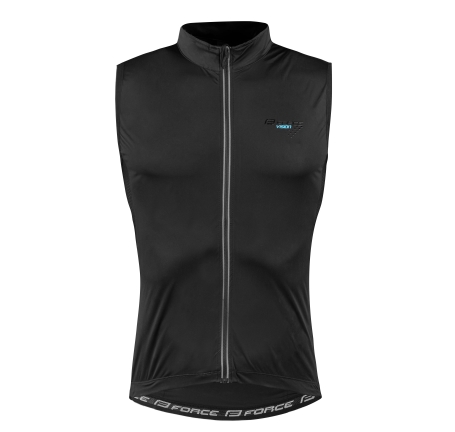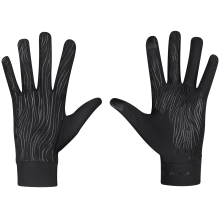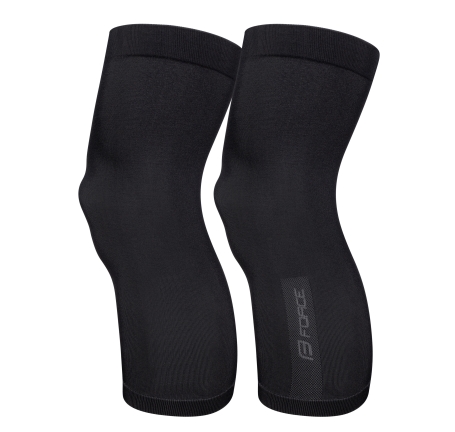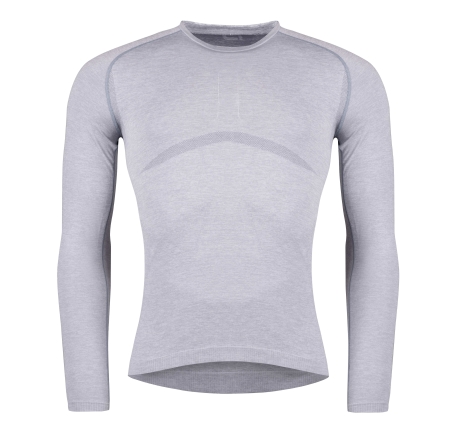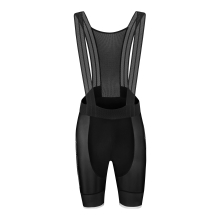Dressing properly for the autumn days, especially when the temperatures in the morning and afternoon drop to single digits, is not easy. The more clothes, the warmer you feel is not the case anymore. Very often it's the opposite. The important thing is to dress smartly by using layers. And above all, remember that everyone's thermal comfort is different. 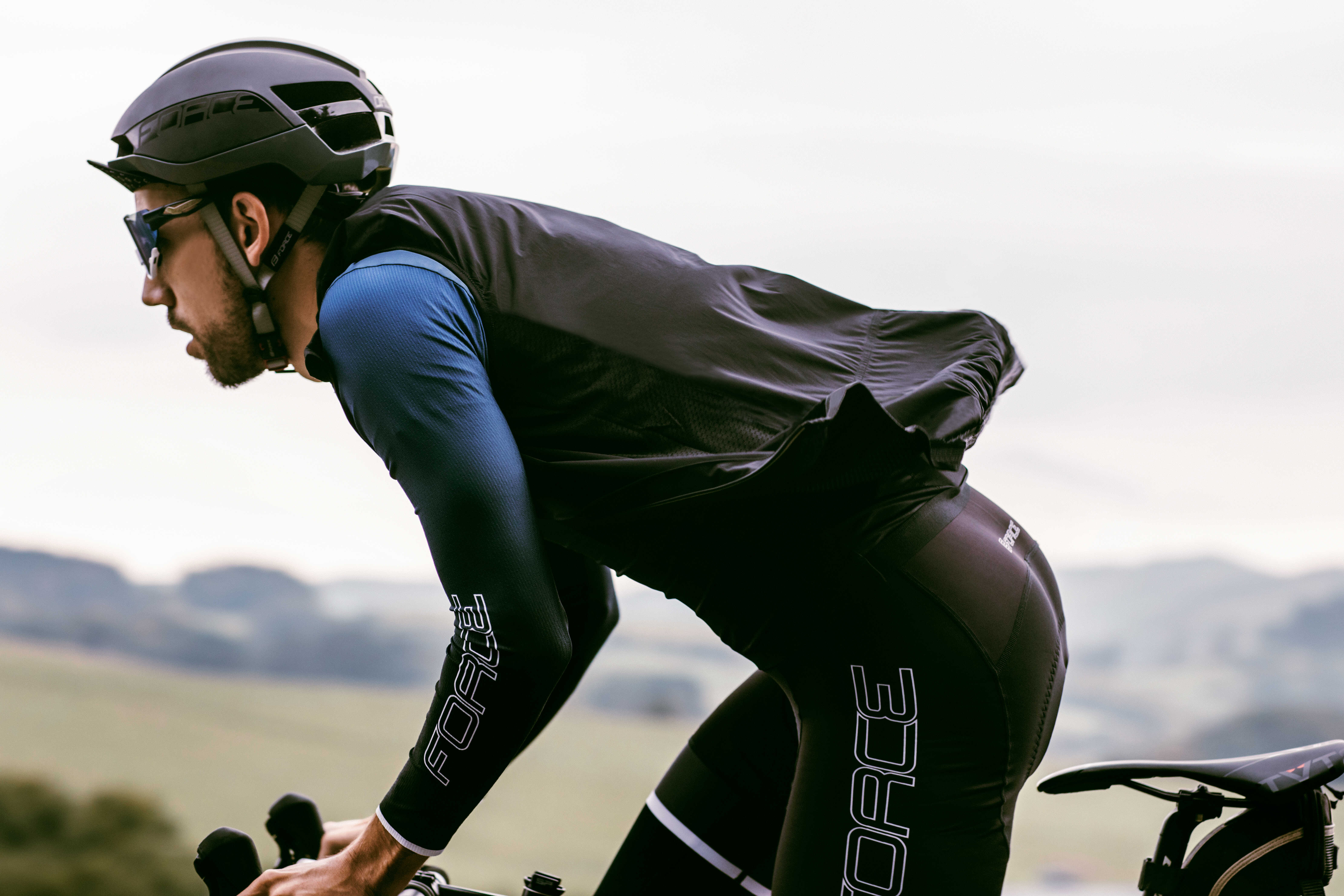
INDIAN SUMMER IN FULL FORCE CAN FOOL THE CYCLIST
Outside the window, even with a quick run out onto the balcony or in front of the house, it can seem that the sun is still quite warm. But the opposite is true. This is the most treacherous weather a cyclist can encounter. The important thing is to dress properly. It is not necessary to put on winter thermal clothing yet but to be aware of where you are going, for how long and what the conditions are likely to be like.
You can still ride in shorts, but we would recommend packing leg warmers in your jersey pocket. That's in case the ride gets long or you get wet somewhere along the way. Underneath your long-sleeved jersey, you should 100% wear a functional baselayer, like our SOFT model. It's up to you whether you choose the short-sleeved or long-sleeved version.

Make sure to pack a windproof vest in your jersey pocket like our WINDPRO or VISION models. Both come in black or neon yellow colour for better visibility on the road. Don't forget to add a cap or headband under your helmet. Gloves for these temperatures are a matter of personal preference. Some people can ride just fine without gloves, some people ride in gloves all year round, and some people need gloves that have more insulation as the temperatures drop.
Shoe covers are not quite suitable for these weather conditions yet. Only if you are very cold-hearted, you can wear insulated covers on the front part of your shoe, so that your fingers don't get brittle.
MORNING FROSTS WON'T STOP YOU
Riding in temperatures between 0 and 10 °C is a challenge. Whether it's riding skills or the demand for the right clothing to keep you warm, but still able to move comfortably.
The base layer plays a more important role than ever. Underneath your jersey, which even in these temperatures can be short-sleeved, definitely wear a functional long-sleeved shirt. We also recommend high-quality socks containing MERINO wool. These will keep your feet warm and dry for longer.
As an outer layer, we recommend a quality insulated jacket for example ARROW and EXTREME. Bibtights are a very important piece of equipment for these temperatures and should not be underestimated. Insulated bibtights with a pad will give you maximum comfort in temperatures above 0 °C.
PRO TIP: If you know it's going to be wet, try wearing shorts with a pad as a bottom layer and insulated bibtights without a pad as a top layer. You'll be warmer in the lower abdomen and more protected from flying water.
You can wear a winter hat or mask under your helmet, or combine the hat with a neck scarf. All this can be found on our website. Insulated gloves will make your fingers less cramped and make it easier to control the gears and brakes of your bike. They also have the advantage of increased water and wind resistance.
As far as shoes go, it's up to each individual to choose a variant. You can either get winter shoes or you can buy a pair of shoe covers. Winter shoes are recommended if you ride regularly in cold weather around zero degrees. At that point, you will appreciate them and you will be able to justify your investment. Otherwise, you will be fine with shoe covers. They will protect you well against the weather and save you some cash.
WHAT ABOUT A HELMET AND SUNGLASSES
For colder temperatures, a closed helmet is best, but if you don't have one, we recommend wearing a hat or mask under your helmet in case it gets cold. The same goes for cycling sunglasses. For fall and winter conditions, we recommend clear or photochromic lenses, which are better for the dark conditions.
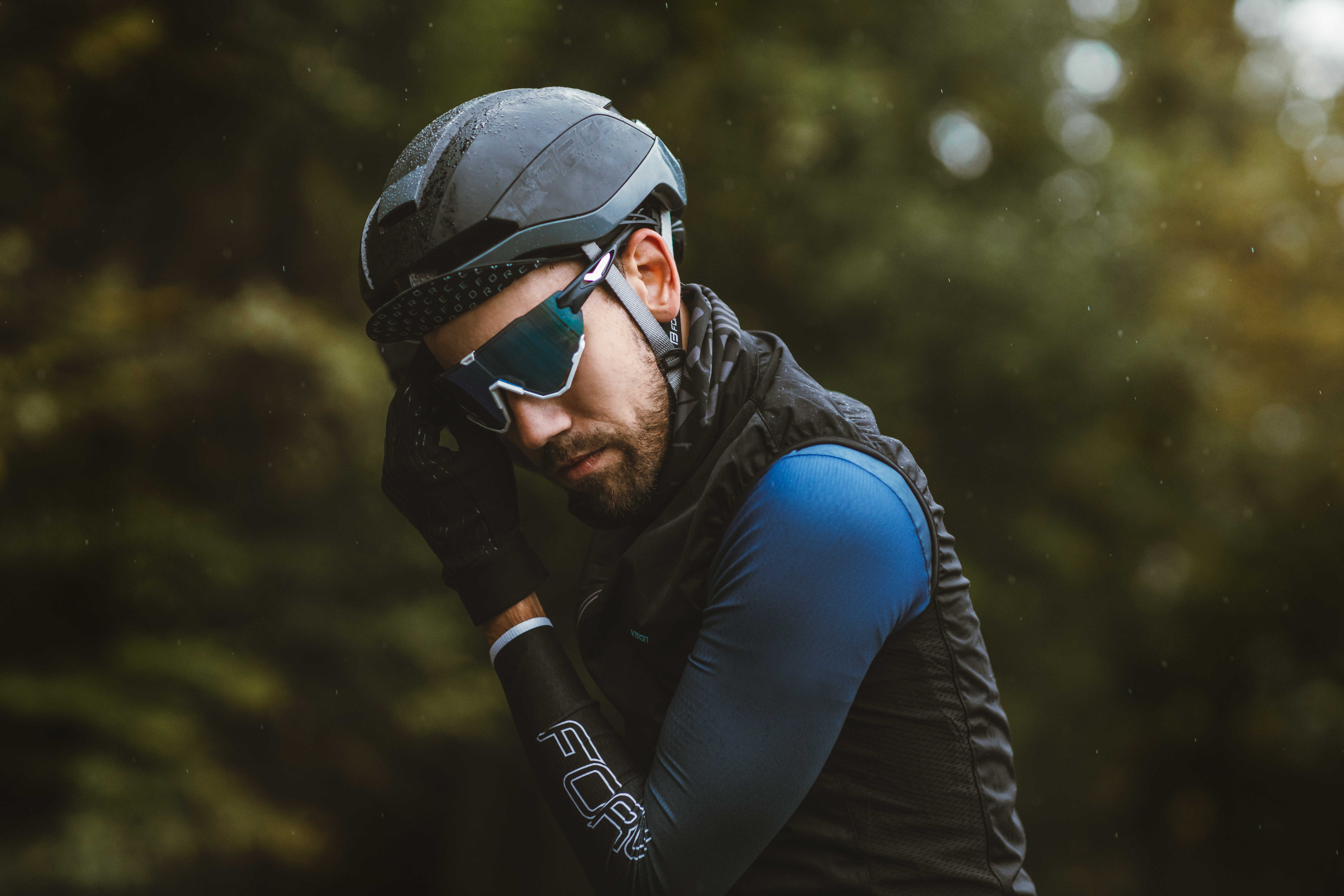
NEED SOME ADVICE?
Do not hesitate to contact us. We are here for you and will be happy to advise you on what and how to get for the current weather conditions. Write to us on our email or social networks.
